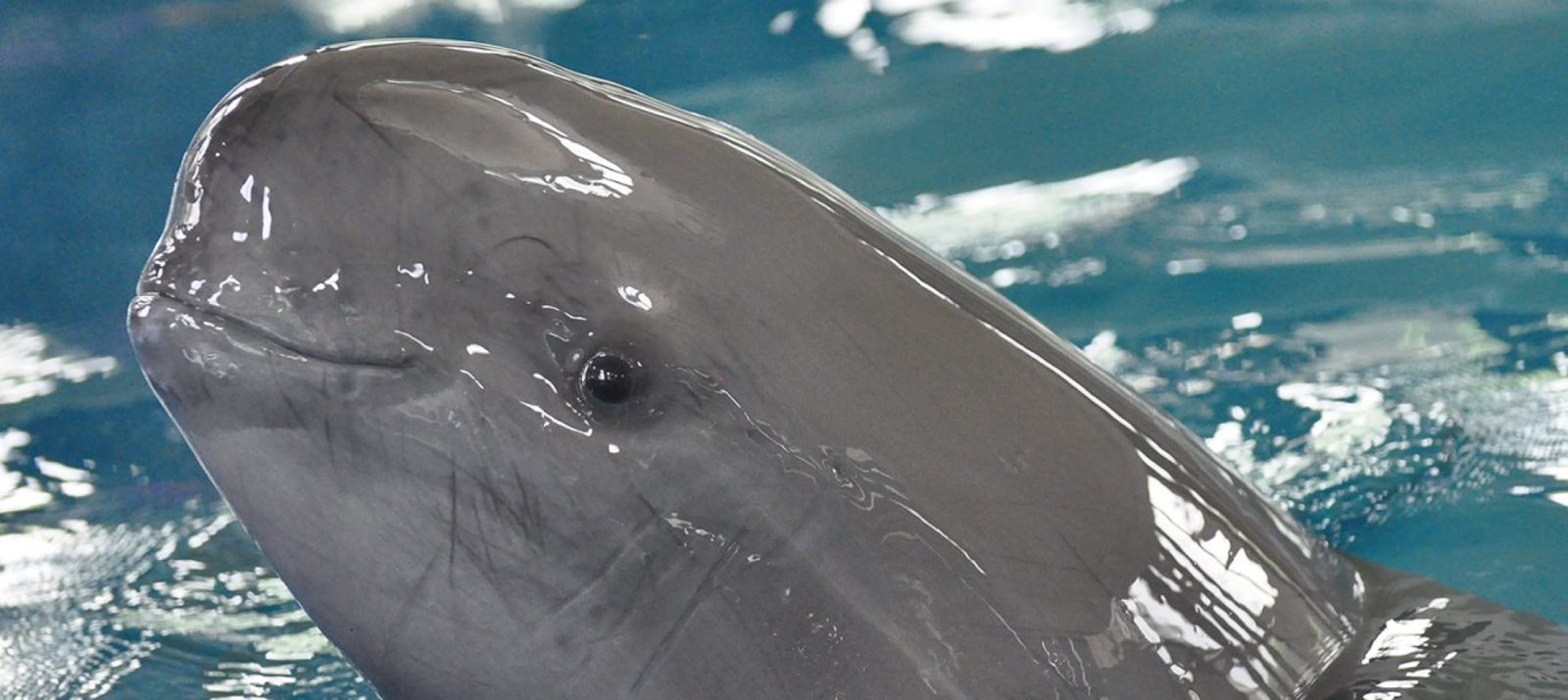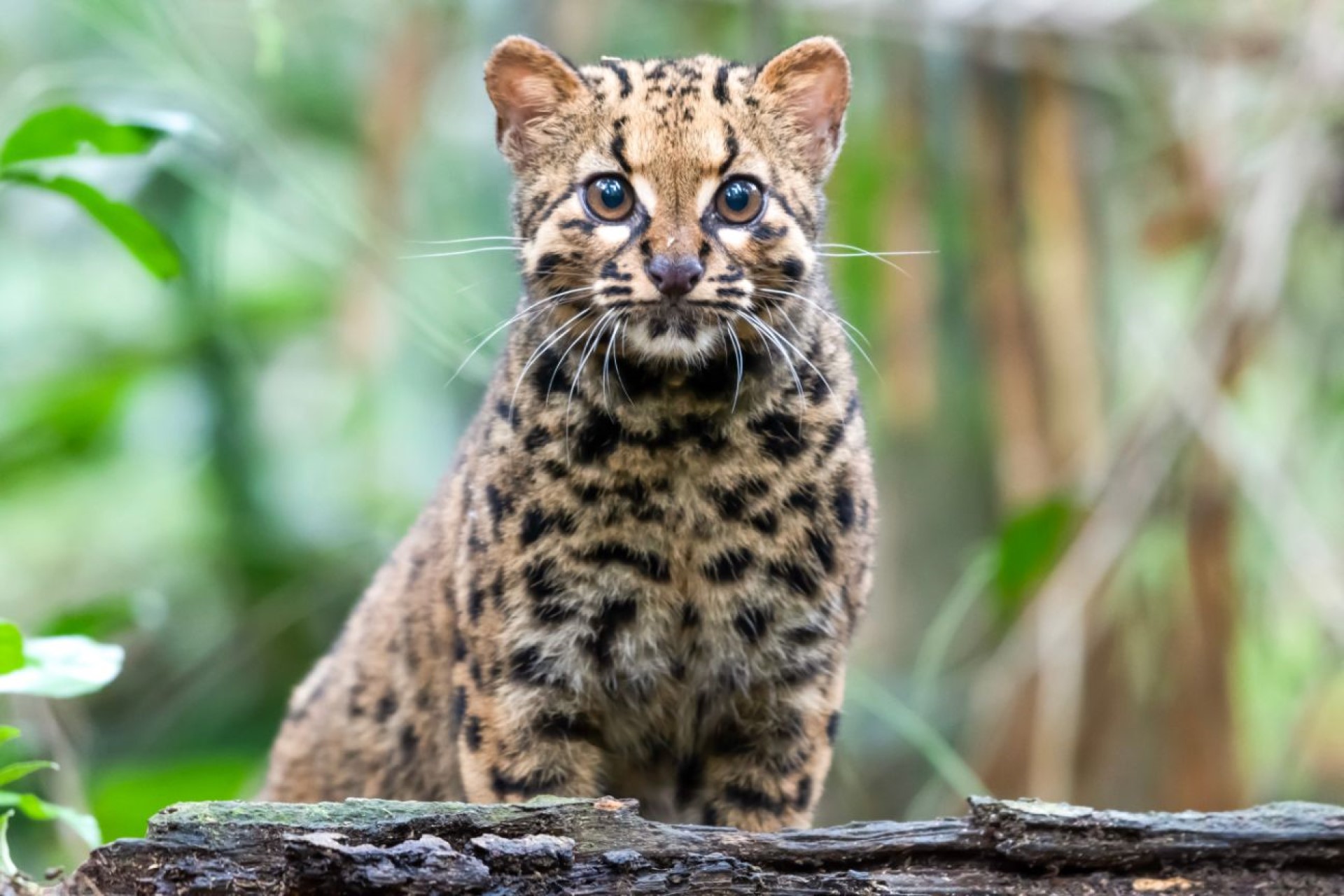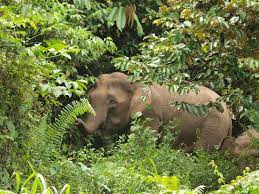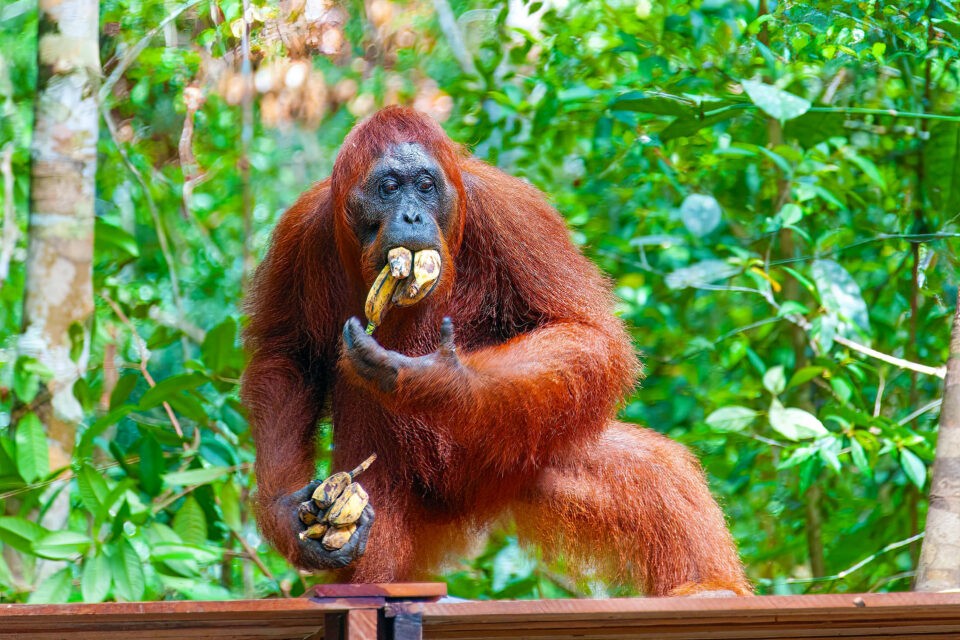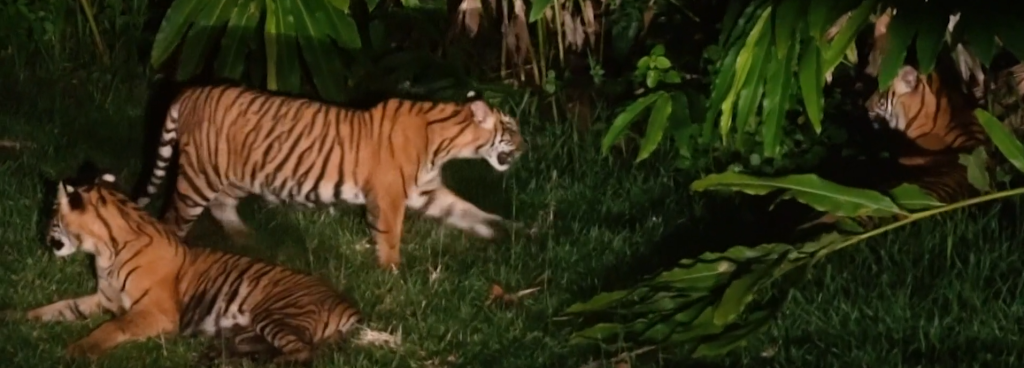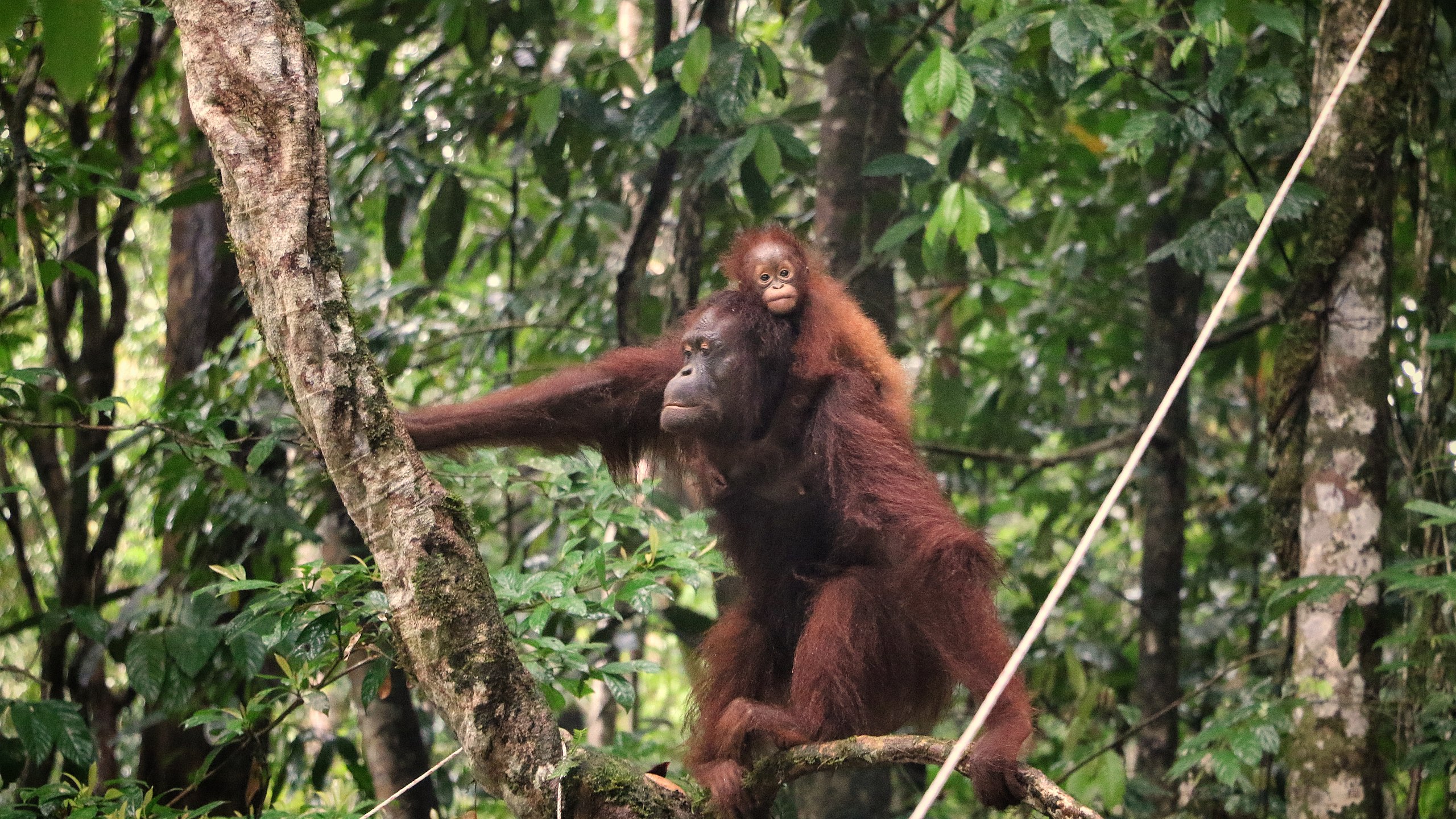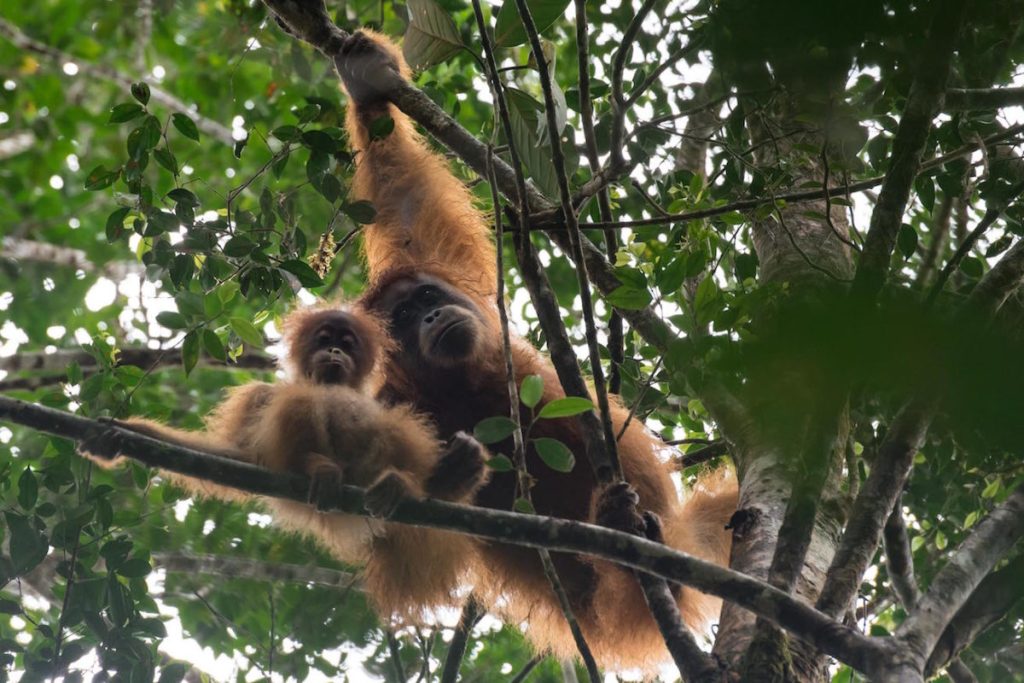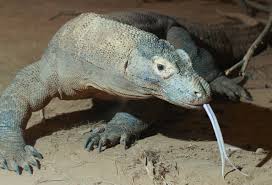
Narrow ridged (east Asian) finless Porpoise
This species is native to the East China Sea, Yellow Sea, and the seas around Japan. The Yangtze finless was originally thought to be a subspecies of this porpoise, though further study showed its differences to be greater than that (hence it now being recognized as a separate species). The east asian finless porpoise is a subspecies of the narrow ridged finless porpoise (the above picture is one of these).
Growing to 2.27m at most, and 72kg, though most are smaller.
They generally stay in water 50m deep or less, and mostly stay close to shore (though not always – it has been spotted over 100km from land).
The biggest threat to them is habitat degradation and pollution. The population has fallen by 50% in the last 3 generations.
They have been kept in captivity in Japan, Indonesia and China. A total of 94 are thought to have been held. Unfortunately these do not live long, and of all of the pregnancies that have occurred in captivity, only 2 resulted in a love birth and this did not survive for long.

